Going grain-free is a challenge … but finding out you may also need to go nut-free? Talk about a challenge 2.0, right?
Well, not so fast. Although they’re not as heavily advertised as other flours, nut and grain-free flours are actually plentiful, with some claiming to work and taste even better than their nuttier cousins! Whew. A sigh of relief.
Whether you’re dealing with a nut allergy or just looking to cut down on how many nuts you’re consuming, look no further than this list of the best nut and grain-free flours on the market. Most can be used just like regular flour with a few moisture adjustments, resulting in light breads, thick stews, and chewy desserts like brownies and muffins.
Love Coconut Flour Recipes? Then you’ll love our FREE Coconut Flour Recipes.
Click here to get your FREE copy of our delicious Coconut Flour Recipes!
You can find many of these at your local health food store, and even more of them online (shop organic if possible). Let’s dive in.
Needing Paleo snacks that don’t have nuts? Try these: 23 Healthy Nut-Free Snacks.
Breadfruit Flour
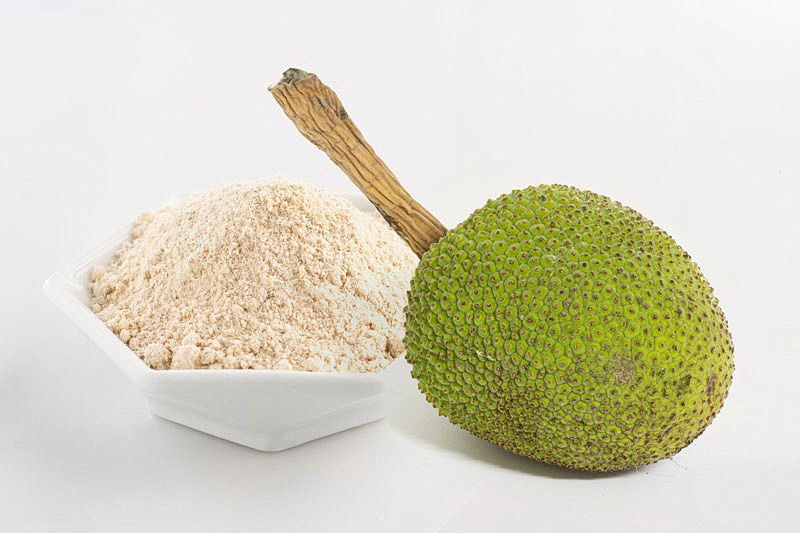
Breadfruit is a tropical fruit that is naturally gluten-free. To make flour, the skin is discarded, while the inner fruit “meat” is dried and ground. It’s slightly higher in carbohydrates but is also one of the more nutrient-dense gluten-free flours. Breadfruit flour is also high in fiber which keeps things “moving along” and helps you feel full for longer. It has a taste reminiscent of chestnut and bread, so it can be used for both sweet and savory recipes.
- Replacement Ratio: 1 cup breadfruit flour = 1 cup wheat flour (may require extra binder, such as eggs)
- Flavor: Neutral, light chestnut
- What it does: Can be used for baking and thickening soups and stews
- Use it to make: Bread, cakes, muffins, and cookies
- We recommend: What The Fruit – Breadfruit Flour
Cassava Flour
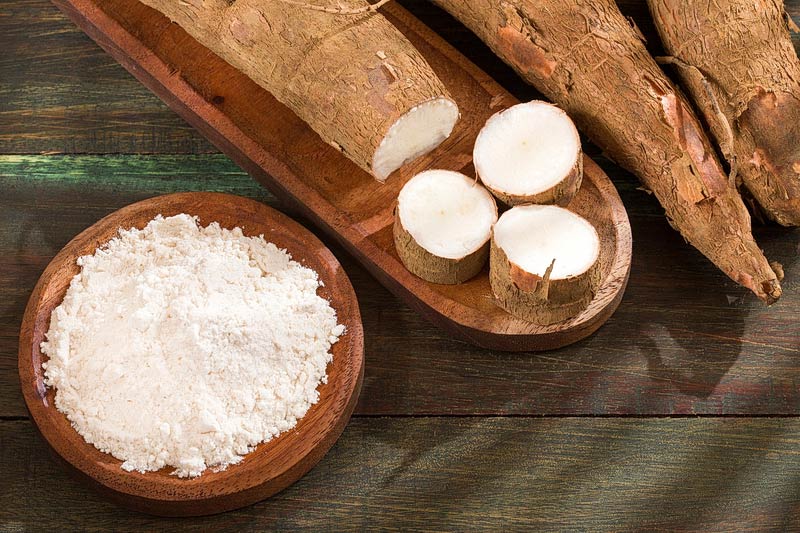
Cassava flour hails from the roots of the cassava plant, which is dried and ground into a powder.
It is soft and powdery like wheat flour, and also has a very mild flavor, making it one of the favorites in the nut and gluten-free flour substitute categories.
- Replacement ratio: 1 cup cassava flour = 1 cup wheat flour (absorbs more liquid, so adjust accordingly)
- Flavor: Light and neutral, slightly nutty
- What it does: Adds a light, fluffy texture
- Use it to make: Brownies, pancakes, tortillas, biscuits, cookies
- We recommend: Otto’s Cassava Flour
Need some recipe ideas? Try these Paleo Cassava Flour Pancakes or Fluffy Nut-Free Bread with Cassava Flour
Tiger Nut Flour
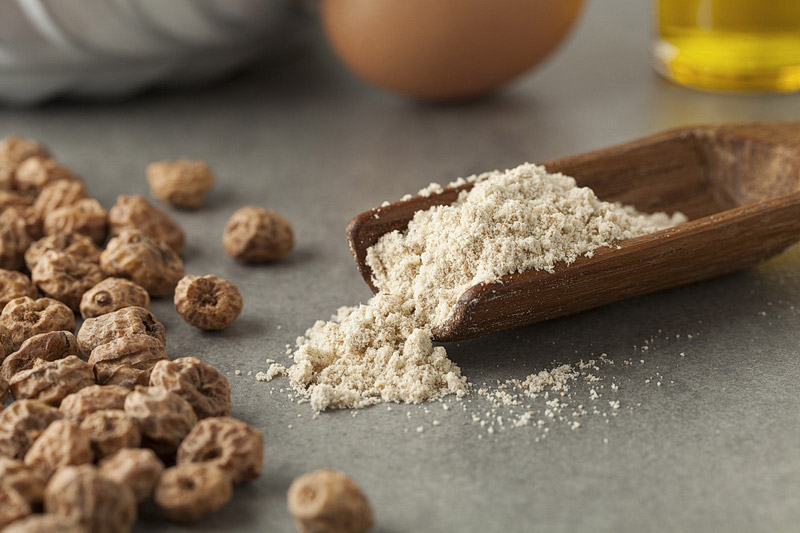
Tiger nut flour comes from a small root vegetable (nope, it’s not a nut!) that grows in Northern Africa and the Mediterranean. Rich in minerals and nutrients, it was thought to be heavily consumed by our ancient ancestors. It’s also filled with gut-friendly prebiotics that feed the good bacteria in our guts.
- Replacement Ratio: 1 cup tiger nut flour = 1 cup wheat flour
- Flavor: Sweet, nutty
- What it does: Adds chewiness and crunch
- Use it to make: Muffins, brownies, cookies, crusts
- We recommend: Anthony’s Organic Tiger Nut Flour
You’ll love these recipes: Hidden Veggies Tiger Nut Brownies or Tigernut Coconut Bread (with Coconut Flakes)
Green Banana Flour
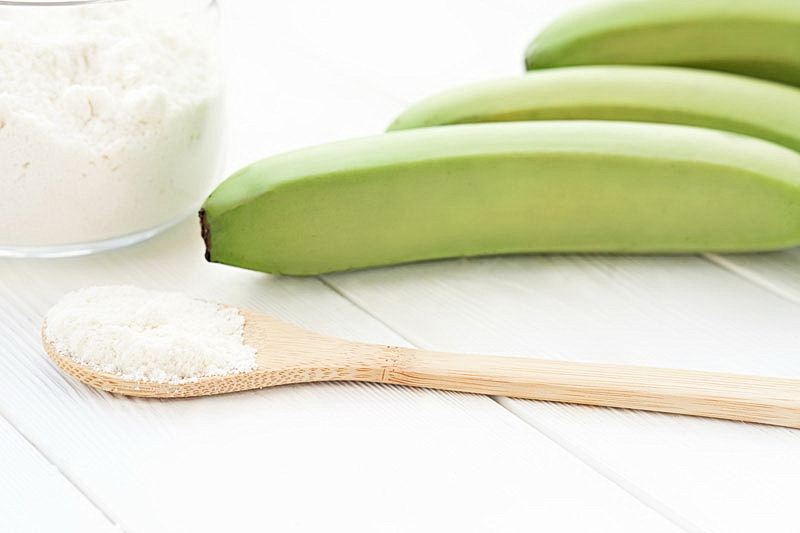
Green banana flour is made from unripe (green) bananas that are dried and ground. It is a wonderful source of resistant starch, which, like tiger nut flour, helps feed your good gut bacteria. It also has a very, very mild banana flavor, which borders more on earthy, allowing it to still be used as a thickener in savory recipes.
- Replacement ratio: ⅔ cup banana flour = 1 cup wheat flour
- Flavor: Mild earthy flavor
- What it does: Adds chewiness and thickness
- Use it to make: Pancakes, thickener for puddings, breads, and gravies
- We recommend: Naturevibe Botanicals Green Banana Flour
To find out more about green banana flour, read Banana Flour: A Resistant Starch and Gluten-Free Alternative
Plantain Flour

Plantain flour is similar to green banana, except plantains are used rather than bananas. Plantain flour may also be slightly easier to find. It isn’t as crumbly as some other gluten-free flours, making it ideal for pancakes and tortillas.
- Replacement ratio: 3 cups plantain flour = 4 cups wheat flour
- Flavor: Subtly earthy
- What it does: Adds thickness and moistness
- Use it to make: Brownies, breads, tortillas, cookies
- We recommend: Pereg Plantain Multi-Purpose Flour
Pumpkin Flour
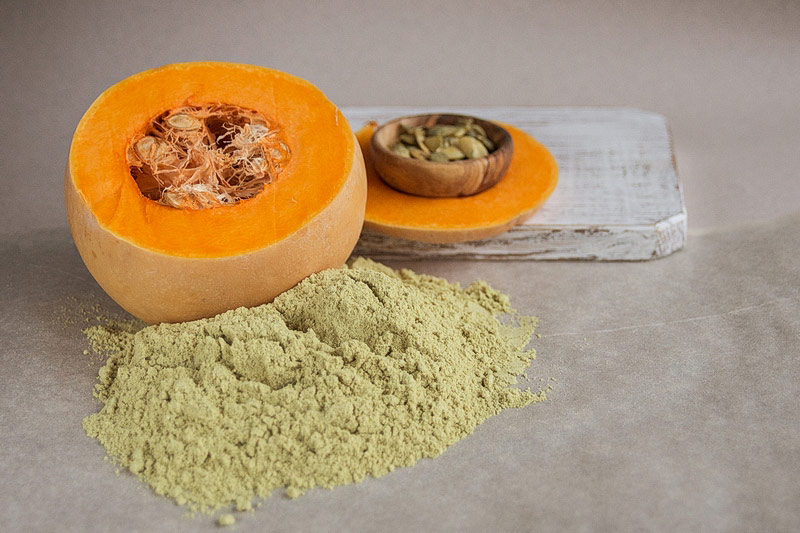
Pumpkin flour is made of – you guessed it – dried pumpkins! It has a fantastic balance of sweet and savory flavors and is loaded with antioxidants, making it an ideal flour substitute year-round (although there is something sweet about the idea of using pumpkin flour to make Fall pumpkin bread!).
- Replacement ratio: 1 cup pumpkin flour = 1 cup wheat flour (may carry more moisture, so adjust accordingly)
- Flavor: Subtly sweet
- What it does: Adds depth
- Use it to make: Pancakes, to thicken stews, cookies, cakes
- We recommend: Hearthy Foods Delicious Pumpkin Flour
Sweet Potato Flour
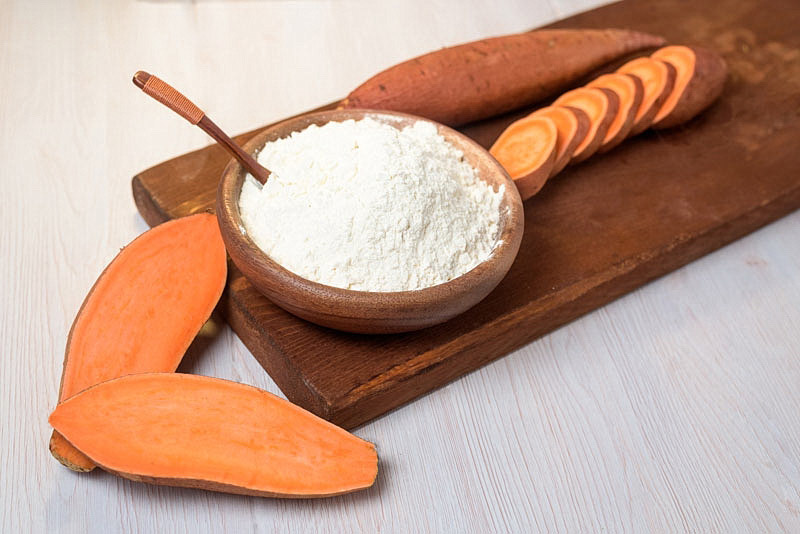
Just when you thought you couldn’t find another use for sweet potatoes … here we are. Sweet potato flour is a slightly sweet flour option that, like regular sweet potato, can add a touch of savory sweetness to any dish. Use it for baking or thickening.
- Replacement ratio: 1 cup sweet potato flour = 1 cup wheat flour
- Flavor: Light and sweet
- What it does: Thickens sauces and gravies and adds richness
- Use it to make: Donuts, cakes, cookies, and sauces
- We recommend: Glean Sweet Potato Goodness
Need more nut-free ideas? You might enjoy browsing these 30 Nut-Free School Lunch Ideas
Bottom Line
Going grain-free and nut-free can be challenging. But there are options available that will work just as well as the gluten-free flours that are made from nuts. It may take a few tries to perfect the recipe but keep going and you’ll soon be enjoying baked goods that are just as good as the wheat flour options!
Read This Next: The Easy Guide to Baking with Gluten-Free Flours
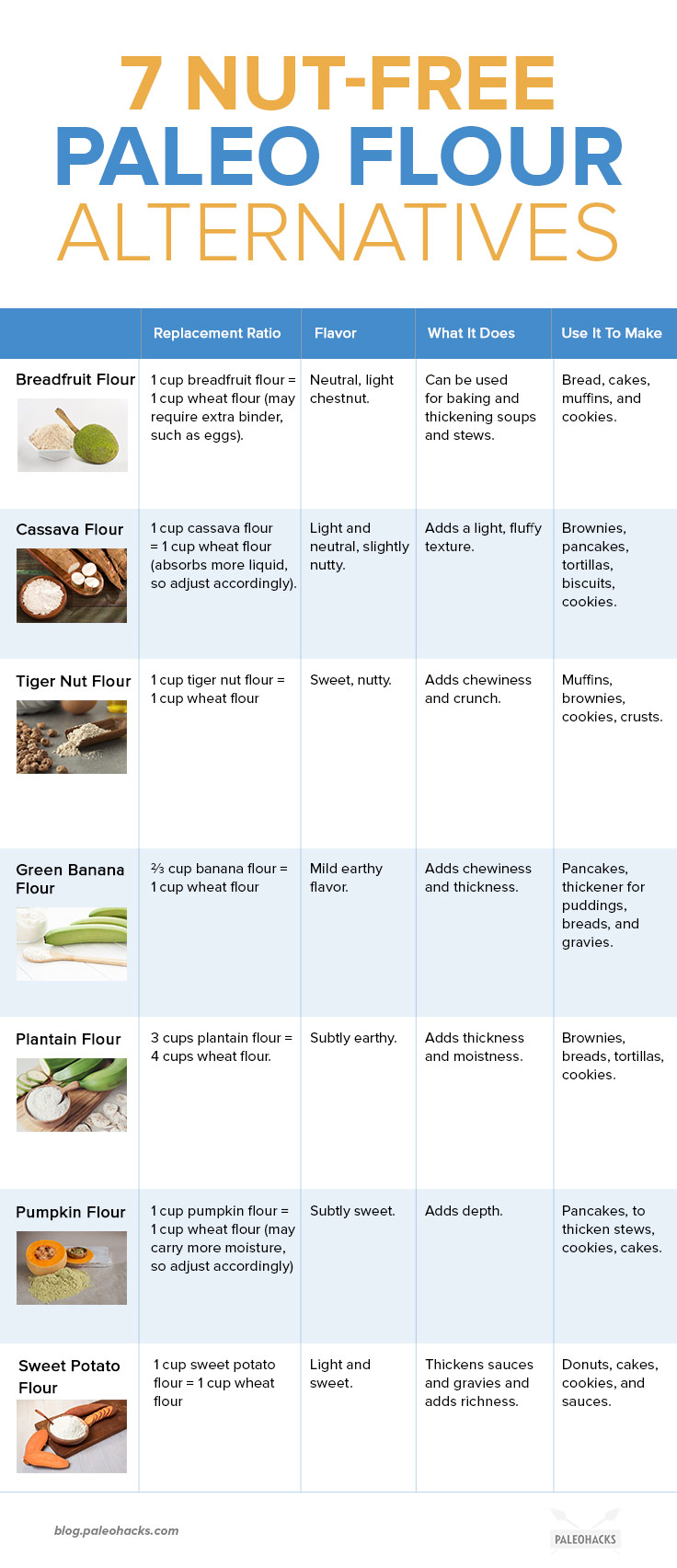



 Diabetes Drug Recalled: Contains Cancer-Causing Ingredients
Diabetes Drug Recalled: Contains Cancer-Causing Ingredients


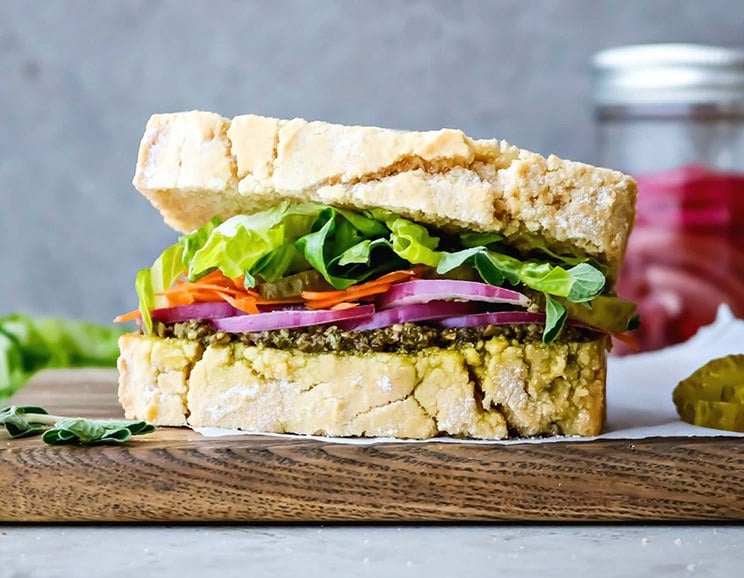
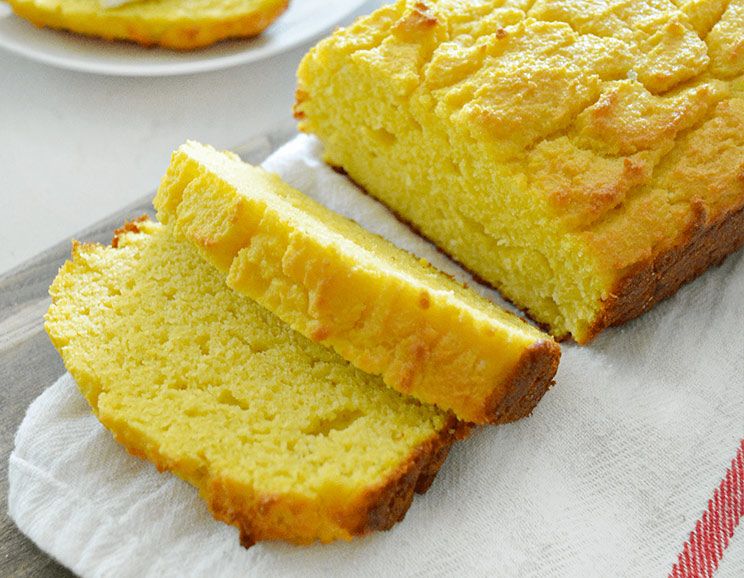
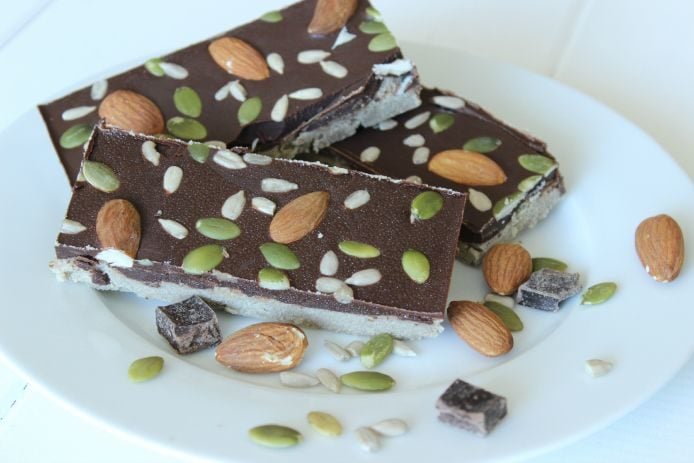

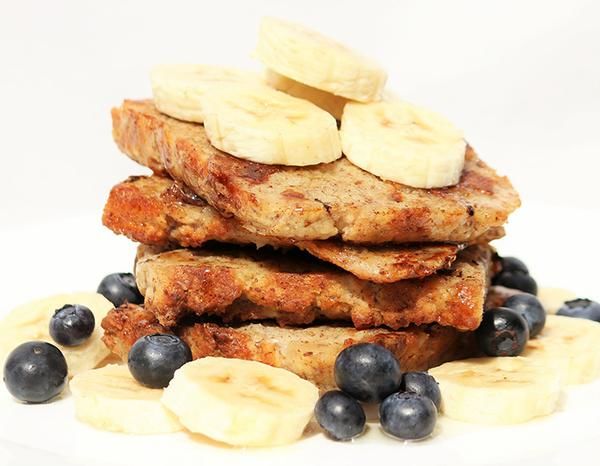

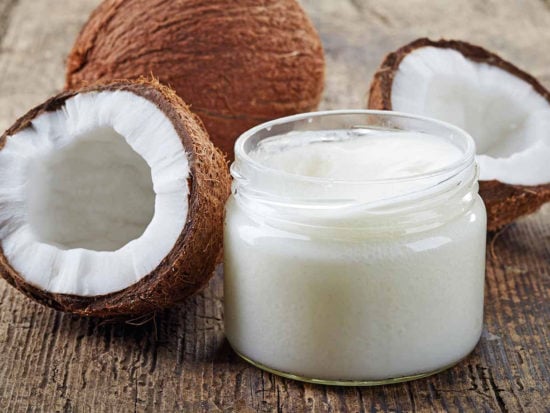
Show Comments